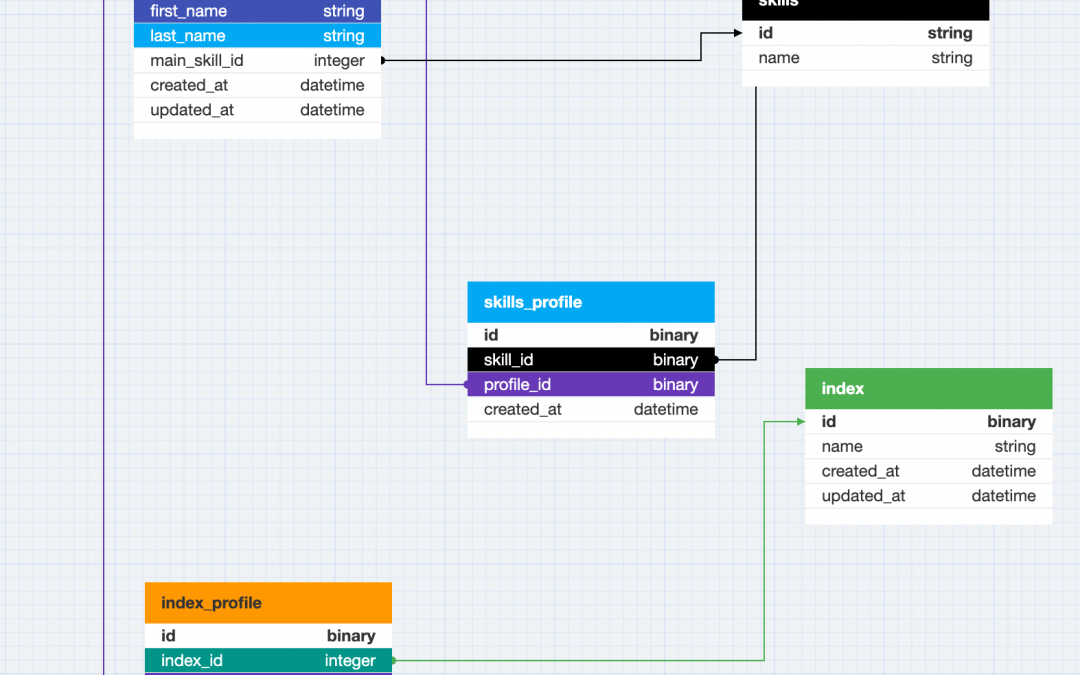What is Database Normalization?
Database normalization is the process of organizing data in a database to reduce redundancy and improve data integrity data consistency. It involves dividing large tables into smaller, more manageable pieces while defining relationships between them.
“Normalization is not about making data normal, but about making it optimal for storage and retrieval.” – Database Expert
Why Normalize Your Database?
- Eliminates duplicate data
- Reduces storage requirements
- Minimizes data modification anomalies
- Simplifies query construction
The Normal Forms Explained
Database normalization is typically divided into several “normal forms”:
- First Normal Form (1NF) – Eliminates repeating groups
- Second Normal Form (2NF) – Removes partial dependencies
- Third Normal Form (3NF) – Removes transitive dependencies
- Boyce-Codd Normal Form (BCNF) – Stricter version of 3NF
Practical Example
Consider this unnormalized table of customer orders:
CREATE TABLE customer_orders (
order_id INT,
customer_name VARCHAR(100),
customer_address VARCHAR(200),
product1 VARCHAR(50),
product2 VARCHAR(50),
product3 VARCHAR(50)
);
After normalization to 3NF, we would create separate tables:
Customers
CREATE TABLE customers (
customer_id INT PRIMARY KEY,
name VARCHAR(100),
address VARCHAR(200)
);
Orders
CREATE TABLE orders (
order_id INT PRIMARY KEY,
customer_id INT FOREIGN KEY,
order_date DATE
);
Order Items
CREATE TABLE order_items (
item_id INT PRIMARY KEY,
order_id INT FOREIGN KEY,
product_id INT FOREIGN KEY,
quantity INT
);
When Not to Normalize
While normalization has many benefits, there are cases where denormalization might be preferable:
- For read-heavy reporting databases
- When performance is critical for specific queries
- In data warehouse environments
Conclusion
Database normalization is a fundamental concept in relational database design. By following normalization principles, you can create databases that are:
- More efficient
- Easier to maintain
- Less prone to data anomalies
Who Benefits
- Students: Get curated resources matching their skill level.
- Educators: Identify gaps in content or learner struggles.
- Platforms: Increase engagement with smart recommendations.
Explore the Schema: View the Interactive Diagram
Ready to Build Your Own?
Start Designing in dbdesigner


Recent Comments